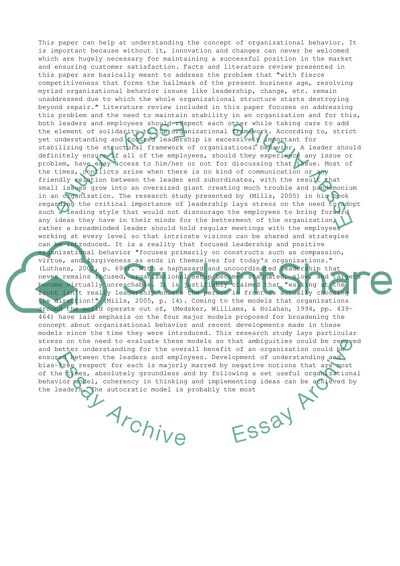Cite this document
(“Organisational Behaviour Literature review Example | Topics and Well Written Essays - 1250 words”, n.d.)
Retrieved from https://studentshare.org/management/1432300-organisational-behaviour
Retrieved from https://studentshare.org/management/1432300-organisational-behaviour
(Organisational Behaviour Literature Review Example | Topics and Well Written Essays - 1250 Words)
https://studentshare.org/management/1432300-organisational-behaviour.
https://studentshare.org/management/1432300-organisational-behaviour.
“Organisational Behaviour Literature Review Example | Topics and Well Written Essays - 1250 Words”, n.d. https://studentshare.org/management/1432300-organisational-behaviour.


